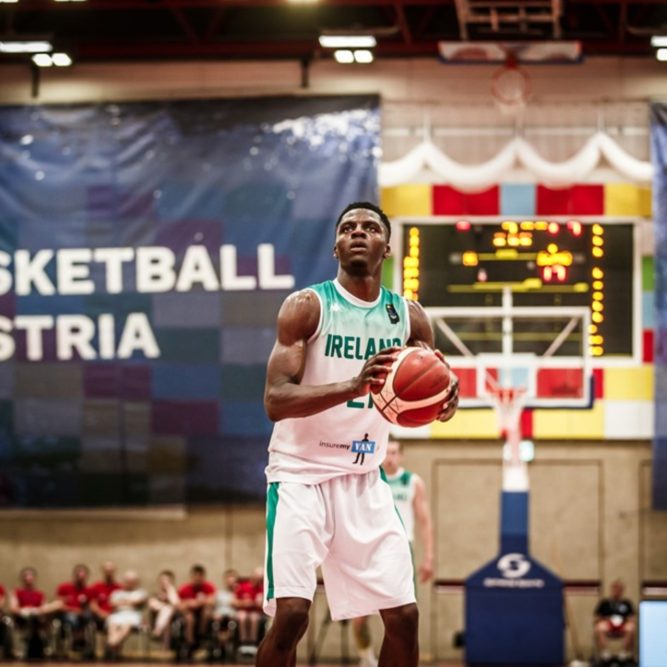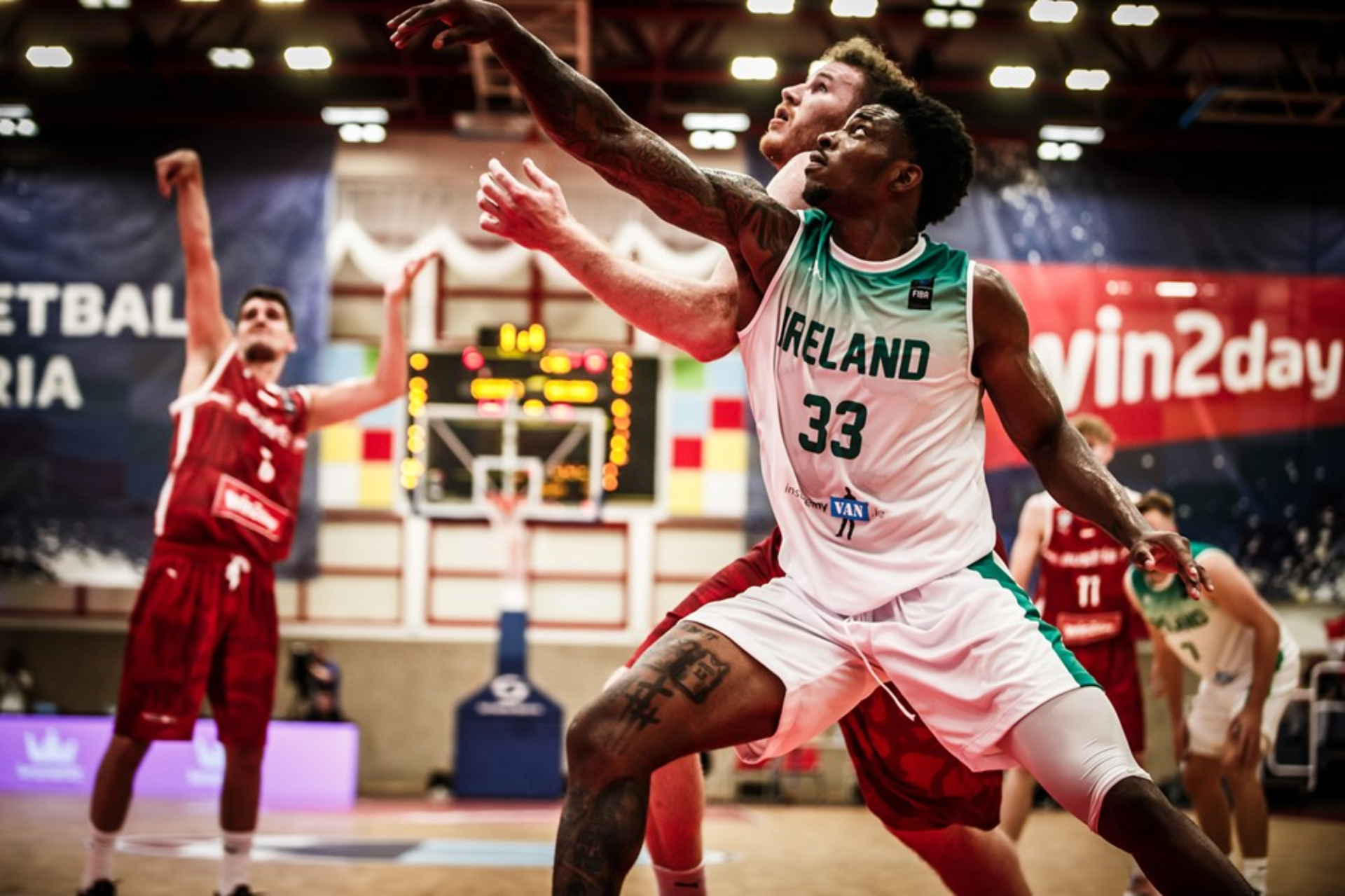
With the draw for the second round of pre-qualifiers for EuroBasket 2025 being made, there’s a slightly clearer picture of who Ireland might face in their August 2023 qualifiers
The draw for round two of EuroBasket’s drawn-out qualification process for the 2025 tournament was made on Thursday. Who Ireland’s men will face, indeed how many teams Ireland will face, won’t be known until next year but the seeding and groupings for this round provided some clarity.
This round
All of Ireland’s group opponents in the first phase, even Cyprus, made it into the second round. Austria as group winners, Switzerland as one of the best runners up, and Cyprus because they are one of the tournament hosts.
All the tournament’s hosts will play through the qualification process, with the others joining Cyprus in the main qualification stage. They don’t need to qualify but it ensures hosts get high level competition and it counts for ranking points.
They are joined by Bulgaria, Croatia, North Macedonia, Poland, Portugal, and Slovakia, who all exited the first phase of FIBA World Cup 2023 qualification, and Denmark, Norway, and Romania, who all progressed from the first phase.
These 12 teams were drawn into three groups with each group winner (and Cyprus as hosts) bypassing the third pre-qualification round and going straight into the main qualification phase. The groups were drawn as such:
Group D: Slovakia, Denmark, North Macedonia, Norway
Group E: Poland, Switzerland, Austria, Croatia
Group F: Cyprus, Romania, Portugal, Bulgaria
What happens next?
In a similar format to the process Ireland’s men went through, these sides will face off over the next three international windows with two games per window. Those games will be in August 2022, November 2022, and February 2023.
The eight sides that don’t get out of this round will join the four sides, Albania, Ireland, Kosovo, and Luxembourg that didn’t make it out of the first phase for the final third pre-qualification round in August 2023. From that, there will be four teams progressing so the questions from there are who will Ireland face and what will the format be?
The format
The logical assumption is that groups of three will be created with the winner of each getting the last spot in the main qualification format. That, however, has yet to be announced and this is international sport, which is where logic and reason tend to go to die.
The possibilities include three four team groups, with three group winners and the best runner up, or two groups of six, with two berths in each, occurring. While I’m still betting on it being the four groups of three model, the likelihood is that these groups will each have a single host and a condensed format. Crazy things can and do happen in this sport, a lot.
BallinEurope has a book, a real life actual book called I Like it Loud, and you can buy it on Amazon now. It’s here as a book and here in Kindle form.
Best-case scenario
Looking solely at a 3 team group situation, as the seeding format is too hard to judge with 4 team groups Ireland really wants Bulgaria to win Group F. That puts Portugal into play as a possible top seed it would face in the August round and remove Sasha Vezenkov, one of the best players in Europe right now, as a threat to be dealt with on the floor.
Slovakia is arguably a more favourable top seed to draw but so long as Vezenkov and Bulgaria are avoided, I’ll be happy with either of the weaker two top seed options. Naturally Ireland would rather avoid Austria in the final phase which would make Denmark, Norway, and Switzerland the preferred options in the next phase.
That would create an optimal group of: Slovakia, Norway, and Ireland. Note the word optimal, not easy. Ireland played Slovakia twice at home last summer in warm-up games for the FIBA Small Countries, losing both albeit close and Norway beat Ireland on neutral territory the last time they met in 2018.

Opponents equal to or stronger than Austria await Ireland’s men in 2023.
Worst-case scenario
Really, this is all about the first seeds although things aren’t exactly pretty with the second seeds either. Whichever of Poland or Croatia fails to punch its ticket in the next round is the team Ireland wants to avoid the most. North Macedonia could fail to win its group but I doubt it so I’m ruling them out for now.
In terms of possible second seeds, although one of them might end up being a top seed, Austria and Romania are the two to avoid.
The nightmare scenario, going purely off FIBA rankings here to flip the coin, is: Poland, Romania, Ireland.
Anything else?
Well those windows are worth paying attention to. Luxembourg, Kosovo, and Albania will all have open dates so working out if games against any of them are doable is worth investigating at the very least. Will it cost money? Yes but it’s entirely possible to set it up in a manner that doesn’t break the bank.
Kosovo and Albania are next door neighbours so arranging a four team tournament with them and Luxembourg for the February window isn’t beyond feasibility nor is arranging fixtures with Luxembourg for the November window. I’m punting on August 2022 because that’s implausible in my books at this stage.
Either way, finding a way to get in four to five internationals before that August 2023 tournament is vital to get the best possible preparation to, if nothing else, get a fighting chance of finding a way to progress.




Leave a Reply